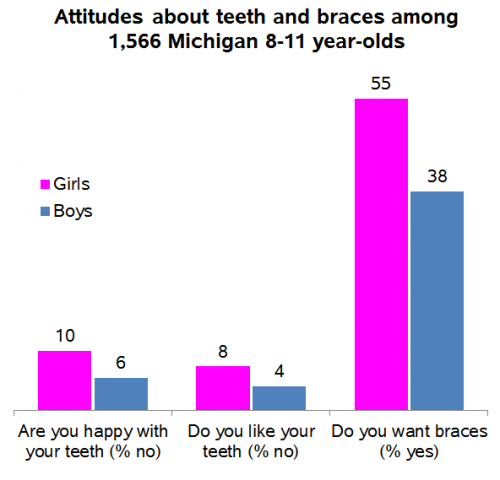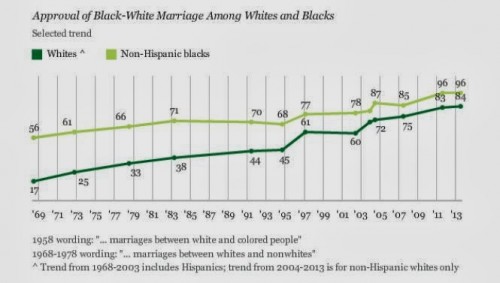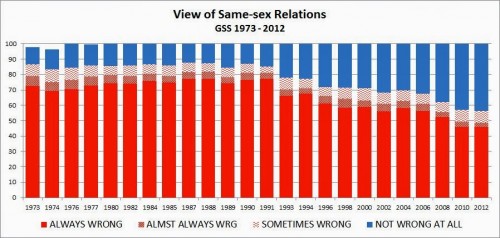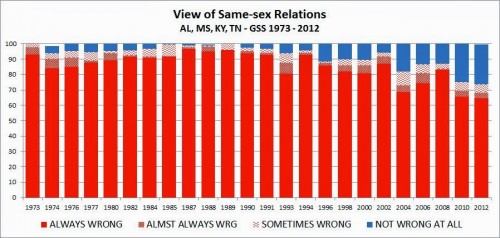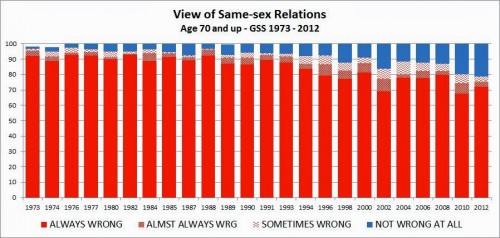The Kennedy assassination was my first clear lesson in the sociology of emotions, though I didn’t know it at the time. I was in Japan, living with a Japanese family in a small town in the mountains of Nagano prefecture. I had been there less than two months, my knowledge of the language was barely rudimentary. There were no other Americans. I was the first Westerner many people in the town had ever seen in the flesh. (Everyone had seen gaijin on TV since the Japanese networks ran many American shows.)
When I came to breakfast that Saturday morning, and even before I had taken my place the tatami floor with the others, my Japanese family desperately tried to tell me the news. At first all I could understand was that it had something to do with Kennedy. The Japanese words for shoot or kill were not part of my tiny vocabulary. I knew the word for dead, but when the father of the family used it, I assumed I was hearing one of the many homophones. The television was on, but I certainly could not understand what the news readers were saying. Finally, the father, still seated, acted it out. He fired his index-finger pistol. Then pointing to himself and saying, “Kennedy,” he clutched his hands to his chest and canted his body over as if falling to the floor. The gravest event translated into a simplified charade – it would have seemed ludicrous had it not been so serious.
I understood, but I was still incredulous. In the next few days, I learned more, mostly from the one person in the town who spoke fluent English (he had just come back from a year in Kansas), and from the English language daily, the Japan Times, my only outside source of information. I remained isolated from other Americans. If emotions are contagious, I had been quarantined.
It was only much later, when I was back in the US that I learned of what it was like to be here then. When I heard people describing where they were; or on anniversaries like today, when the media hauled out their archival footage – only then did I sense the emotion that so many Americans felt.
Most people, if asked, would probably have said that their grief was caused entirely by a personal sense of loss perhaps and the symbolic meaning they assigned to Kennedy – the president who, in is youth and vibrancy, represented hope for the future, etc.
I had felt none of that. I was stunned of course. In the world I had taken for granted, presidents did not get assassinated. Now that assumption was shattered. But the Kennedy in my mind was still the same person, politician, and president that he had been before the assassination. So I missed out on feeling of grief and great loss. And I think the reason that I did not feel those emotions is not that I was young and callow (though I was that too) but that I was so isolated. Had I been in the US, engaged in the flood of constant talk, both in person and in the media, I would probably have felt those feelings more intensely.
When something so unusual and traumatic happens, we search for a way to make sense of it – our old sociological friend, a “definition of the situation.” In that search, we look to others, and the definition we learn from others – what this thing is and what it means – is not just information and explanation. We learn the emotions that are part of this definition. We have a fairly large repertoire of emotions that we can experience, and in a sympathetic-vibration-like process, the emotions we see all around us evoke the same emotion in us. We experience that emotion as personal. But in an important way, it is also social.
Cross-posted at Montclair SocioBlog.
Jay Livingston is the chair of the Sociology Department at Montclair State University. You can follow him at Montclair SocioBlog or on Twitter.









